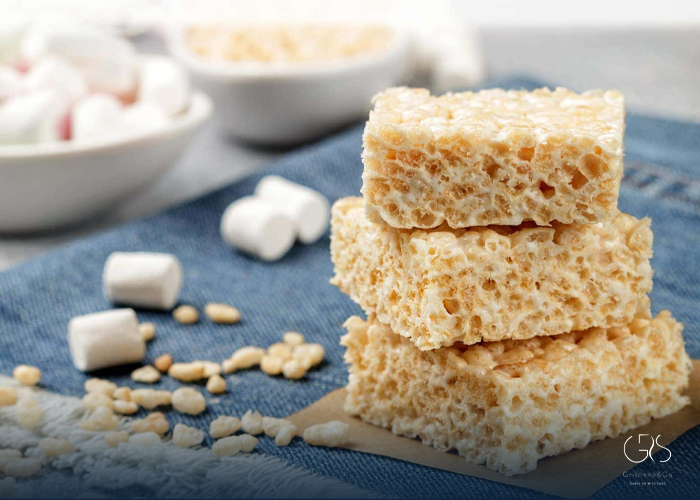Losing fat can be a challenging journey, but incorporating strength training into your fitness routine can significantly boost your efforts in losing fat. To effectively shed unwanted body fat, it is crucial to distinguish between fat loss and weight loss, grasp the different types of strength training that contribute to losing fat, and learn how to structure your workout program for maximum effectiveness. With the power of “Lose fat strength training,” you can optimize your fat loss goals and achieve a healthier, leaner body.
Fat Loss vs Weight Loss
While the terms fat loss and weight loss are often used interchangeably, they have distinct differences. Fat loss refers to reducing body fat while maintaining or even increasing lean muscle mass. On the other hand, weight loss refers to a reduction in overall body weight, which can include muscle, fat, and water weight. It’s important to focus on losing fat rather than just losing weight because preserving muscle helps maintain a healthy metabolism.

What Types of Strength Training Help With Weight Loss?
There are different types of strength training that can aid in weight loss efforts. Here are a few examples:
- Pure Strength Training: This approach focuses on heavy resistance training to stimulate muscle growth and enhance overall strength. While not directly targeting fat loss, increasing muscle mass results in a higher metabolic rate, ultimately facilitating fat loss. Incorporating compound exercises, such as squats, deadlifts, and bench presses, can be beneficial for overall fat loss.
- Metabolic Resistance Training: This type of training combines compound exercises and high-intensity interval training (HIIT) to maximize calorie burn and fat loss. It involves performing exercises back-to-back with minimal rest, keeping the heart rate elevated throughout the workout. Metabolic resistance training is known to have a significant impact on both fat loss and muscle building.
How Cardio and Strength Training Go Together
Cardiovascular exercise and strength training complement each other when it comes to fat loss. While strength training helps build muscle and boost metabolism, cardio exercises like running, cycling, or swimming increase calorie burn and improve cardiovascular health. Combining both cardio and strength training in your workout routine can have a synergistic effect on fat loss and overall fitness.
Why You Should Have Rest Days
Rest days are an important aspect of any strength training program. Giving your muscles time to recover and rebuild after intense workouts allows for optimal fat loss and prevents overtraining. Muscle repair and growth occur during rest, so it’s crucial to include rest days to avoid injury and ensure long-term progress in your fat loss journey.
A Sample Program To Do Strength Training for Fat Loss
Here is a sample strength training program for fat loss:
Warm-up: 5-10 minutes of light cardio followed by dynamic stretching.

Strength training exercises: Perform compound exercises like squats, lunges, push-ups, rows, and deadlifts. Aim for 8-12 repetitions per set, and complete 3-4 sets per exercise.
(Read more about the benefits of push-ups)
Metabolic resistance training: Incorporate high-intensity interval training by combining exercises like kettlebell swings, mountain climbers, and burpees, performing them for 20-30 seconds with minimal rest in between. Repeat for 3-4 rounds.
Cool-down: 5-10 minutes of stretching exercises targeting major muscle groups.
Other Strength Training Benefits
While fat loss is a significant advantage of strength training, there are numerous other benefits to consider:
- Improved bone density and reduced risk of osteoporosis
- Increased strength and functional fitness for everyday activities
- Enhanced mood and mental well-being
- Boosted self-confidence and body image
Tips for Strength Training
Here are some tips to optimize your strength training for fat loss:
- Focus on proper form and technique to prevent injuries and ensure effective muscle engagement.
- Gradually increase weights and intensity to avoid plateaus and promote muscle growth.
- Incorporate variety in your workouts to challenge your muscles and prevent boredom.
- Prioritize compound exercises that target multiple muscle groups for maximum calorie burn.
- Monitor your nutrition and ensure you are in a calorie deficit to support fat loss.
Conclusion:
Lose fat strength training is a powerful technique for achieving fat loss goals. By familiarizing yourself with the various forms of strength training, integrating it with cardio exercises, scheduling rest days, and adhering to a well-designed workout program, you can not only shed unwanted fat but also reap the numerous benefits associated with strength training.
Sources
- National Library of Medicine, Increasing Lean Mass and Strength: A Comparison of High Frequency Strength Training to Lower Frequency Strength Training
- healthline, 14 Benefits of Strength Training










